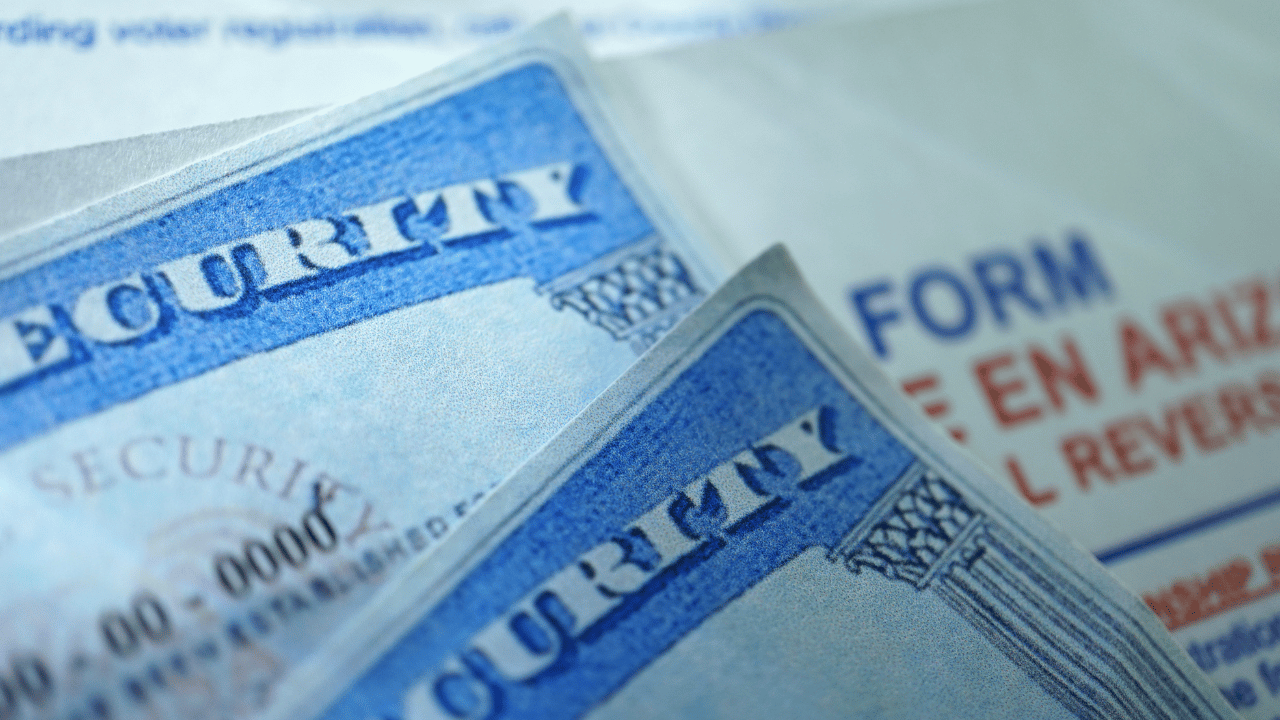More than a million Social Security recipients could now see part of their monthly check disappear due to a new garnishment rule that took effect on July 24. If you’re currently receiving Social Security benefits, it’s crucial to understand what’s happening — and more importantly, how to protect yourself legally from losing part of your income.
This new policy marks one of the most significant changes made to Social Security under President Donald Trump’s current term and could impact both retirees and disabled workers who were previously overpaid by the Social Security Administration (SSA).
Why This Matters to Millions of Retirees

Social Security remains the primary source of income for most retired Americans. According to Gallup, 86% of retirees rely on their monthly Social Security payments to help cover basic living expenses. As we approach the 90th anniversary of the Social Security Act, this safety net is more important than ever — especially for seniors and those with disabilities.
But with the SSA now clawing back billions in overpaid benefits, many recipients are at risk of seeing up to 50% of their checks garnished unless they act fast.
What’s Changing: Trump Administration’s Social Security Overhaul
Since returning to office six months ago, President Trump has introduced a number of key changes to how Social Security operates:
- No more paper checks after September 30, 2025 — a digital-only system will take over.
- Stronger ID verification for all Social Security beneficiaries.
- And now, a major focus on recovering overpaid benefits.
As of July 24, the SSA has started collecting on overpayment debts from more than 1 million beneficiaries. This comes after the agency sent notices in April, giving recipients a 90-day grace period to respond before garnishments began.
How Big Is the Overpayment Problem?
As of the end of fiscal 2023, $23 billion in overpaid Social Security benefits remained uncollected. Nearly 2 million recipients were found to have received more than they should have, and the government is now stepping in to reclaim that money.
During President Biden’s administration, the garnishment rate was limited to 10%. But under President Trump, the SSA initially considered returning to 100% clawbacks, similar to policies under Barack Obama. However, after strong public opposition, the final rate was set at 50%.
That means half of your monthly Social Security check could now be withheld if you’ve been identified as someone who was overpaid — unless you take action.
Three Legal Ways to Reduce or Avoid Garnishment
If you’ve received an overpayment notice from the SSA, you have legal options to fight or reduce the garnishment. Here are the three main forms you can use:
1. Form SSA-632BK – Request a Waiver
If the overpayment was not your fault, and if repaying it would cause financial hardship, you can apply for a complete waiver. You’ll need to submit proof of your financial expenses. If approved, you won’t owe anything.
2. Form SSA-561 – Request Reconsideration
This form is useful if:
- You believe you weren’t overpaid, or
- You agree you were overpaid, but not by the amount the SSA claims.
In both cases, you’ll need to submit evidence to support your claim. If the SSA agrees, they may cancel or reduce the repayment amount.
3. Form SSA-634 – Request a Lower Garnishment Rate
This option is for people who admit they were overpaid, but who can’t afford a 50% deduction from their check. You’ll need to provide documents that show your monthly expenses and financial hardship. If accepted, the SSA can reduce the amount withheld each month and even stretch the repayment period up to 60 months.
Why Overpayments Happen
Overpayments can result from many situations. For instance, people receiving disability benefits must report income if they earn over a certain amount. In 2025, non-blind disabled workers can earn up to $1,620 per month without losing benefits. If they exceed this and don’t report it, it could lead to unintentional overpayments.
But sometimes, the SSA itself makes a mistake, and beneficiaries aren’t at fault. That’s why it’s important to respond quickly and explore your legal rights.
A Little-Known Social Security Bonus?
Some financial experts claim that many retirees miss out on a potential Social Security boost of up to $23,760 per year by not optimizing their filing strategy. Whether it’s delaying your benefits, understanding spousal options, or maximizing survivor benefits — a few smart moves could significantly increase your monthly check.
If you’re currently receiving Social Security and were notified of an overpayment, don’t ignore it. Garnishments have already started for thousands of Americans. But by using the correct SSA forms and responding within deadlines, you may be able to reduce or eliminate what you owe.
With so many retirees living on tight budgets, even a small reduction in benefits can cause real hardship. Stay informed, act fast, and don’t be afraid to ask for help.









